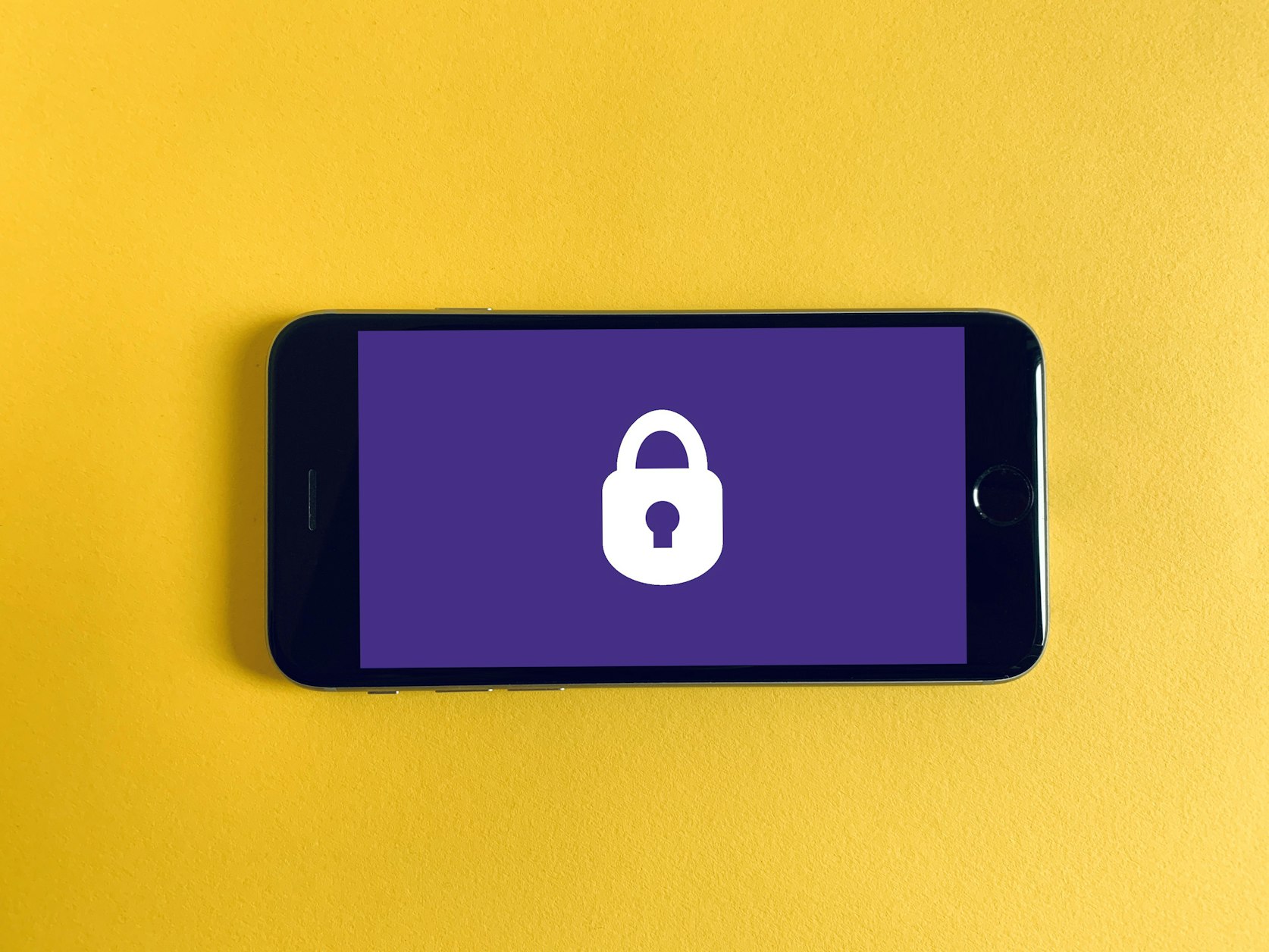The security of confidential data is a top priority for every company. But are you good at this task? In this article, we provide guidelines to help keep your online meetings safe from intruders. We will tell you about the measures to avoid the loss of personal data by learning about security measures such as:
- Classification of meetings
- Unique passwords
- Roll call
- Access limitation
- Use of browser-based communication programs
- Selection of optimal applications
- Two-factor authentication
Today we will talk about what carelessness in security planning can lead to, and how it is best to build it. You can also read reviews of nordvpn and evaluate its contribution to personal data protection.
To avoid the possibility of information leakage, use the following 7 tips to keep your online meetings secure. Some of them are purely technical, while others simply require a logical strategy and manage time effectively.
Classification of meetings
Before starting any meeting, assess its level of risk to maintain safety. For example, ask yourself the question “Would you spend it in a public place?” If so, you shouldn’t be configuring technology and worrying about privacy. If not, you should maximize security.

Setting up passwords
A unique password for each meeting is your primary weapon in the battle for security. The more difficult it is for attackers to guess unique data, the less chance they will be able to attack. Some video conferencing applications assign a personal number to each participant. It is unique and extremely difficult to find. Ask employees not to share their ID with anyone, and then your data will be completely safe.
Give the number only to those employees whom you trust, and after the dismissal of even one employee, create a new one and give it to everyone.
Roll call
Before starting an online meeting, conduct a roll call and/or check the participants by their device. Yes, some employees may not be using their standard login devices. According to statistics, only 80% of respondents use a computer to participate in online conferences. The rest enter them from their mobile phones. Some of them might use safe public WI-FI and might use connections from time to time. If you are not sure if you know a participant, it is better to delete him and ask him to clarify his identity.
Access limitation
If you are hosting a private meeting, limit how attendees can add other new users. This is easily configurable in the application itself. Alternatively, you can create an invitation link only for those who need to be in an online meeting and ask them not to distribute it.
Do not post links in open sources and social networks under any circumstances. Otherwise, cybercriminals will quickly take advantage of them.
Browser-based systems
To avoid application overload, use browser-based systems for online meetings. In addition, the software that needs to be installed on the device very often delays the start of the broadcast.
Use for video conferencing vendors using the WebRTC communication standard for real-time communication. They will provide a fast connection using a single invite link.
Choose the right application
If your meetings are for at least 25 people, you should use dedicated apps with the required number of features and capabilities to stay safe and this also can help to increase your outsource ppc. Right remote working tools will allow you not to worry about security. Such tools will allow you not to worry about security. Leaders will be able to delegate to them part of the responsibility for monitoring compliance with all established rules.
Two-factor authentication
Connect two-factor authentication for important online meetings. It can be configured in the application. Despite the unnecessary gestures of participants that they might not like, this is a great way to protect your data. In addition, today, additional steps to enter take only a few seconds.
Although the pandemic is gradually receding, the remote work format has already become common for many companies. In this mode, one cannot do without online meetings. Employees are used to communicating with each other, even on serious topics from home or in a cafe. By 2025, about 22% of US workers will go to permanent remote work, so now is the time to keep your data safe. Use our advice for this and eliminate the chance of important information leaking into the hands of intruders.


















